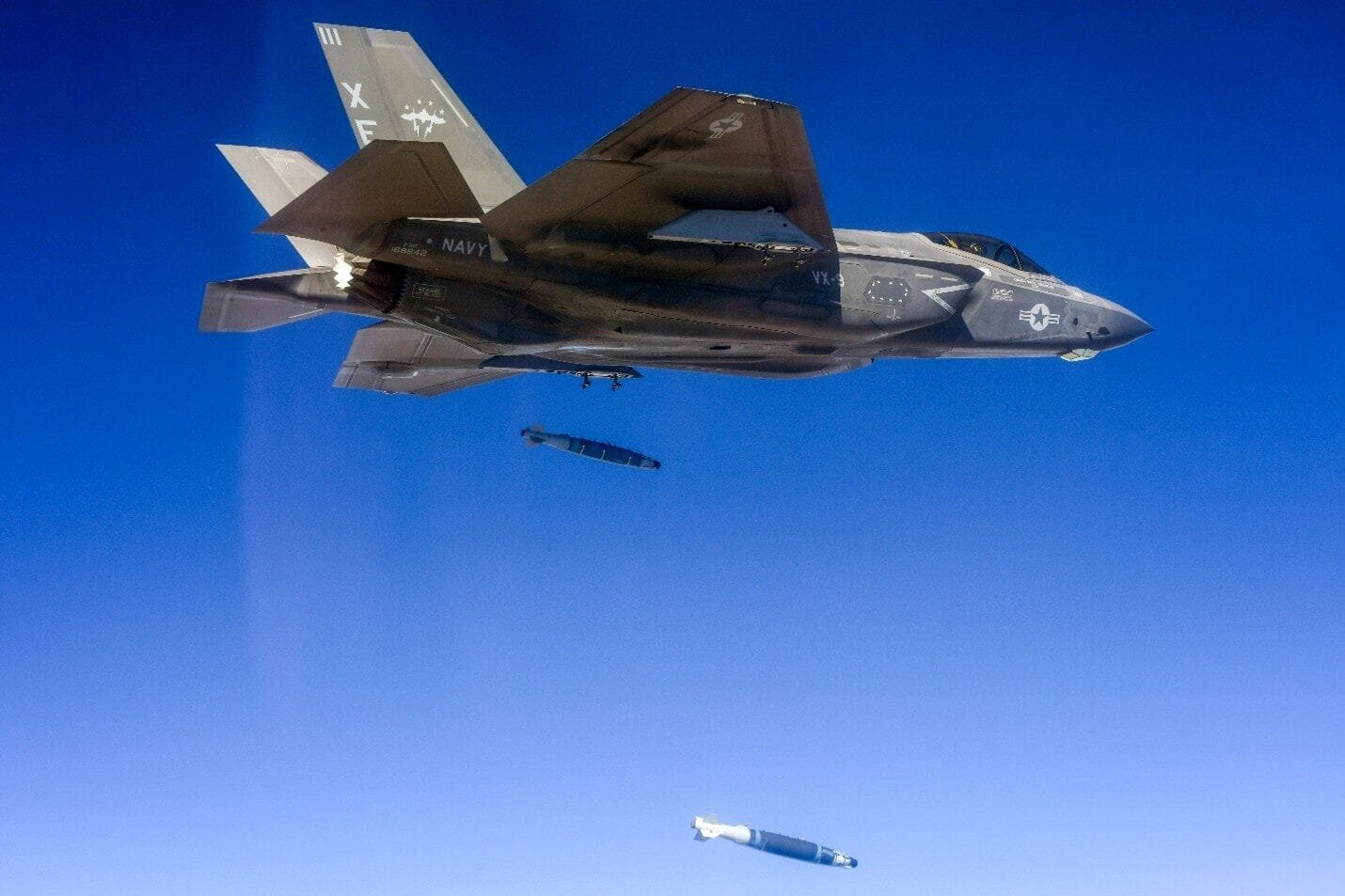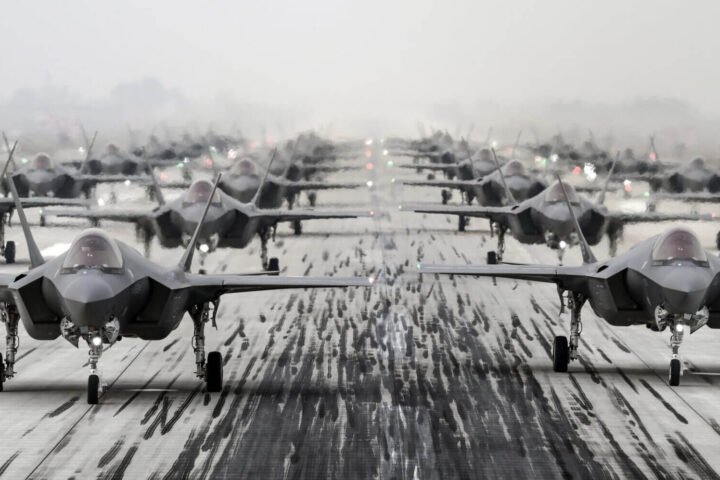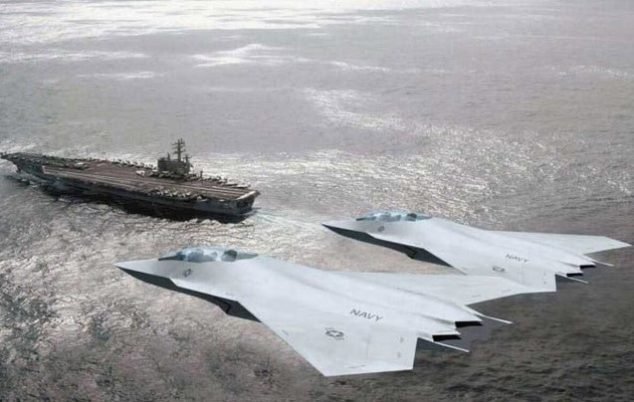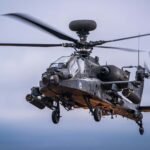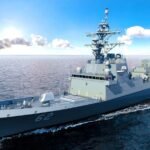In the United States, the well-known defense sector outlet _Breaking Defense_ has obtained a sensitive document addressed by Lockheed Martin to the USAF.

The document, from the CEO of Lockheed Martin to the top brass of the USAF, concerns delays in the development of the new AN/APG-85 radar, which the Pentagon planned to install starting from F-35’s Production Lot 17.
This forecast is termed “unrealistic” in the letter. _Breaking Defense_ does not know the reasons that led to this severe judgment.
Lockheed Martin suggests the possibility of installing the APG-85 from Production Lot 20 in the document. Installing this more potent radar than the current APG-81 will require considerable modifications to the aircraft structure leading to extensive redesign, perhaps with external impacts to be evaluated.
According to experts consulted by _Breaking Defense_, F-35’s Production Lot 20 could be the first to allow the JSF program participating countries or FSM clients to install either the updated APG-81 or the new APG-85, both Active Electronically Scanned Array (AESA) radars designed by Northrop Grumman.
Obviously, such a choice would create logistical and technical support problems that do not exist today, given the total uniformity of radar aboard the more than one thousand Lightning II units built in three conventional takeoff variants, short takeoff and vertical landing, and catapult launched.
For Northrop Grumman, the AN/APG-85 will be an advanced multifunction sensor compatible with all F-35 variants, capable of countering current and future air and surface threats.
The development and integration of the APG-85 will incorporate some of the latest available technologies, contributing to air superiority. This advanced sensor will provide unprecedented situational awareness of the battlefield, translating into lethality, effectiveness, and platform survival capability.
Production Lot 17 was supposed to represent the transition from TR-3 to Block 4, the most advanced version of the F-35, which, in addition to new updated software, was to adopt a new radar.
Source Breaking Defense
Photos credit @US Navy

